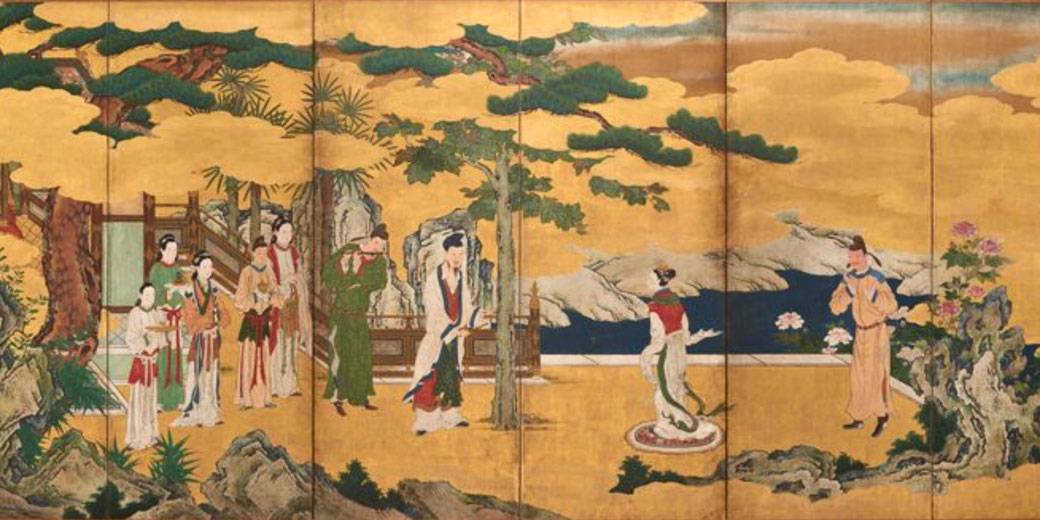What was it like to be a Chinese emperor?

From the impressive palaces of the Forbidden City to the detailed rituals and formal ceremonies of court life, an emperor in ancient China experienced a life luxury, danger, power, and even loneliness.
The emperor was called the 'Son of Heaven', which meant that he had to keep world order and act on behalf of the gods.
But, can we truly know what it was like to be a Chinese emperor during the Qin through Qing dynasties?
Overview of Chinese imperial history
China had emperors for more than two thousand years under many dynasties. As a result, it is hard to summarise what the experience of an emperor was like over such a huge span of time.
To give just a taste of the scale of China’s history, it usually starts with the Qin Dynasty (221 BCE to 206 BCE) when Qin Shi Huang united the country and named himself its first emperor.
The Han Dynasty followed from 206 BCE to 220 CE. After that, dynasties such as the Tang, Song, Yuan, Ming and Qing followed.
Then, in 1644, the Ming Dynasty fell to the Manchu-led Qing Dynasty. Finally, the Qing ruled until 1912 when revolutionaries under Sun Yat-sen forced Emperor Puyi to step down, which ended imperial rule in China.
How to become emperor
Typically, the throne passed from father to son under a rule called agnatic primogeniture, where the eldest son of the empress had first claim.
However, the process was not always simple. For example, emperors often had many sons by different wives, which caused conflicts over who should succeed.
In some dynasties, such as the Tang and Yuan, succession worked like blood tanistry. Brothers or other male relatives competed for the throne.
This often started civil wars or murdering whole families. By contrast, in the Ming dynasty, the rule of the eldest son was strictly followed.
Emperors, at times, chose another son if he seemed a better choice or if the situation needed it.
If an emperor had no sons, he could adopt a male heir from his own family to keep the dynasty alive.
Unfortunately, daughters and sisters were generally kept out of the line of succession.
However, empress dowagers, who were the mothers or widows of emperors, could use their power to choose a new emperor or act as regents when the heir was a child.
In contrast, starting a new dynasty involved different steps. The first emperor usually took power by military victory or uprising, then quickly removing the previous rulers and set up a new ruling family.
For instance, Liu Bang, a former commoner, set up the Han dynasty after his revolt succeeded.
What did an emperor do all day?
To begin each day, an emperor’s routine followed set steps and formal events. Each morning, he held audiences to hear his ministers’ reports and to make decisions.
Later on, he spent time on personal tasks such as reading, writing and painting.
In the afternoon, he took part in religious duties, offered sacrifices to the gods, led court meetings and met foreign visitors.
When possible, he would also try to spend time with family members and attendants.
But there's always a 'downside'...
An emperor's life may have looked lavish, but it was full of risks. Emperors needed to guard against assassination, uprisings and power struggles.
They also had to manage court politics and keep the loyalty of ministers and generals. At the same time, life at the top could feel isolating.
Emperors had to keep a formal distance and often dealt with advisers who only flattered them.
As a result, they could trust few people and had to stay alert to constant betrayal.
What do you need help with?
Download ready-to-use digital learning resources
Copyright © History Skills 2014-2025.
Contact via email
With the exception of links to external sites, some historical sources and extracts from specific publications, all content on this website is copyrighted by History Skills. This content may not be copied, republished or redistributed without written permission from the website creator. Please use the Contact page to obtain relevant permission.





